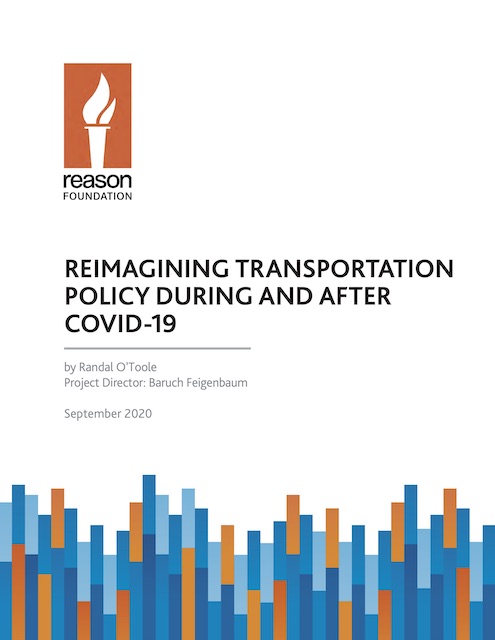The goal of the original Progressive movement, which started in the 1890s and peaked in the 1910s, was to put experts in charge of government bureaucracies. That meant doctors should head health-care agencies, foresters should head forestry agencies, and engineers should head transportation agencies. The system actually worked fairly well, especially for agencies such as state forestry and highway departments that were funded mainly if not entirely out of user fees. The feedback from the user fees combined with the expertise to know what to do with that feedback led the production of tremendous resource values.
Today’s Progressives aren’t interested in experts. In fact, they often would rather have anyone but an expert head a government agency because they view the experts as people who have bought in to some world view that the Progressives don’t like.
Case in point: the director of the Colorado Department of Transportation (CDOT) is not an engineer, nor even a transportation planner, but a historian. Shoshana Lew, who has been in charge of CDOT since February, 2019, has a bachelor’s degree in history from Harvard and a master’s degree in history from Northwestern. Prior to working for CDOT, she spent two years as chief operating officer for the Rhode Island Department of Transportation. Continue reading








